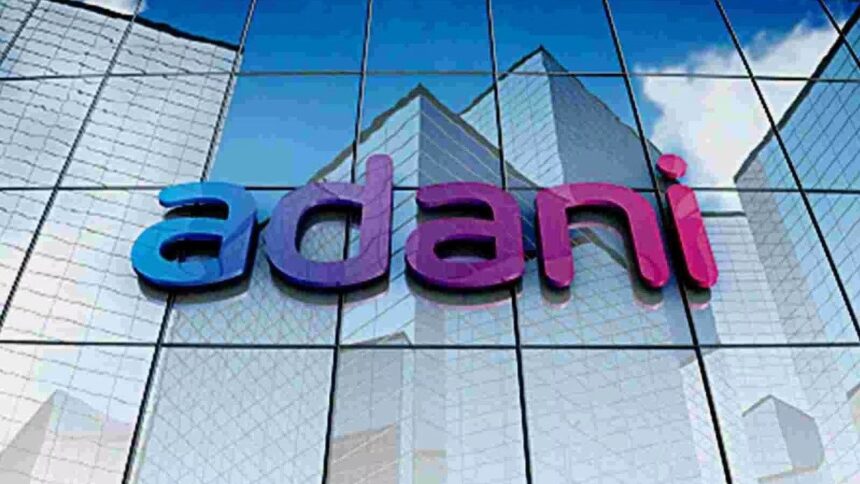Adani Group’s strategy is to accumulate enough cash, both from reserves and the cash generated from regular operations in the infrastructure business, so that it can cover any debts that are due in the future.
The target is to achieve this financial state by the year 2025. The primary reason for this approach is to ensure that there is no need to refinance any debt and to avoid any risk coming from the market or economy or because of a spillover impact of global events.
The current free cash flow and cash in the bank are around Rs 77,889 crore for 2022–2023. The current gross debt is around Rs 2.27 lakh crore against an asset base of Rs 4.22 lakh crore. In terms of leverage, the net debt to EBITDA ratio has gone down from 3.8x in 2021-22 to 3.3x in 2022-23.
With a revenue of Rs 2.62 lakh crore, the group is recalibrating its growth strategy by moderating the pace of acquisitions and reducing debt. There are also plans to get rid of non-core assets. In fact, it has sold the financial services business this month.
Recently, the Adani family sold shares in four of its companies—Adani Enterprises (AEL), Adani Ports & SEZ (APSEZ), Adani Transmission (ATL), and Adani Green Energy (AGEL), mobilising $1.87 billion from the international private equity firm, GQG Partners.
In addition, three of the group’s companies have received board approval to raise $4 billion in the next 12 months. In the last four years, the group has diluted equity amounting to $5.79 billion to bring on board global players like TotalEnergies, Qatar Investment Authority, and Abu Dhabi-based IHC Group.
In the next two decades, the Adani group of companies and its promoters aim to mobilize $50 billion in equity. This is in addition to the individual companies’ internal funds, which amount to around $100 billion. The goal is to invest nearly $500 billion in core infrastructure as a base case.
The new areas include green hydrogen, airports, roads, data centre , water, petrochemicals, etc.
This investment strategy aligns with the demands of an expanding economy. According to billionaire Gautam Adani, India is poised to grow exponentially and is projected to reach a $25–30 trillion economy by 2050. This growth is anticipated in India despite global challenges related to climate, geopolitics, supply chains, energy, and inflation, he said.
Currently, the Adani portfolio of companies consists of 10 companies. By 2033, this number is projected to increase to 14-15 companies. The company’s intention is to maintain a specific percentage of holding by promoter family within this portfolio. “When capital is recycled within this portfolio, it should not be perceived as dilution, “says the company.
Adani stocks are already on a recovery path, with the exception of ATL and ATGL. But despite the correction, the mutual fund industry is still not convinced. “Well, different MFs may have different reasons to not invest in Adani Group stocks. However, one reason that I can think of is ‘herd mentality’,” says a fund manager.








